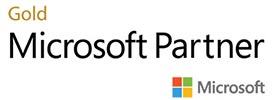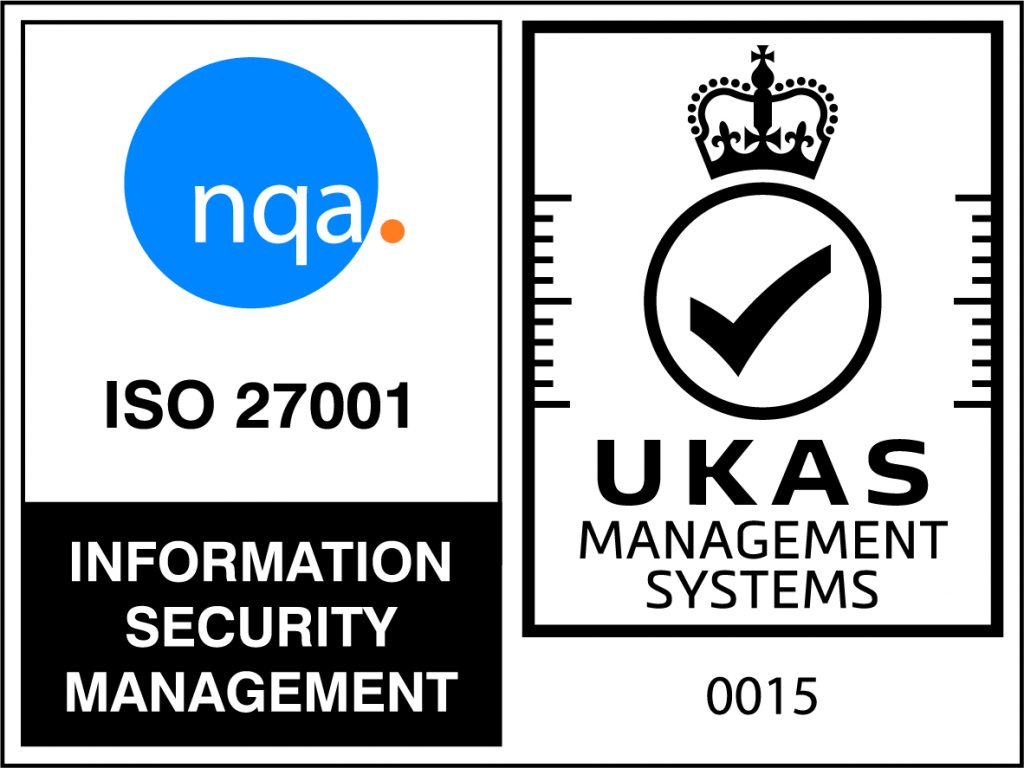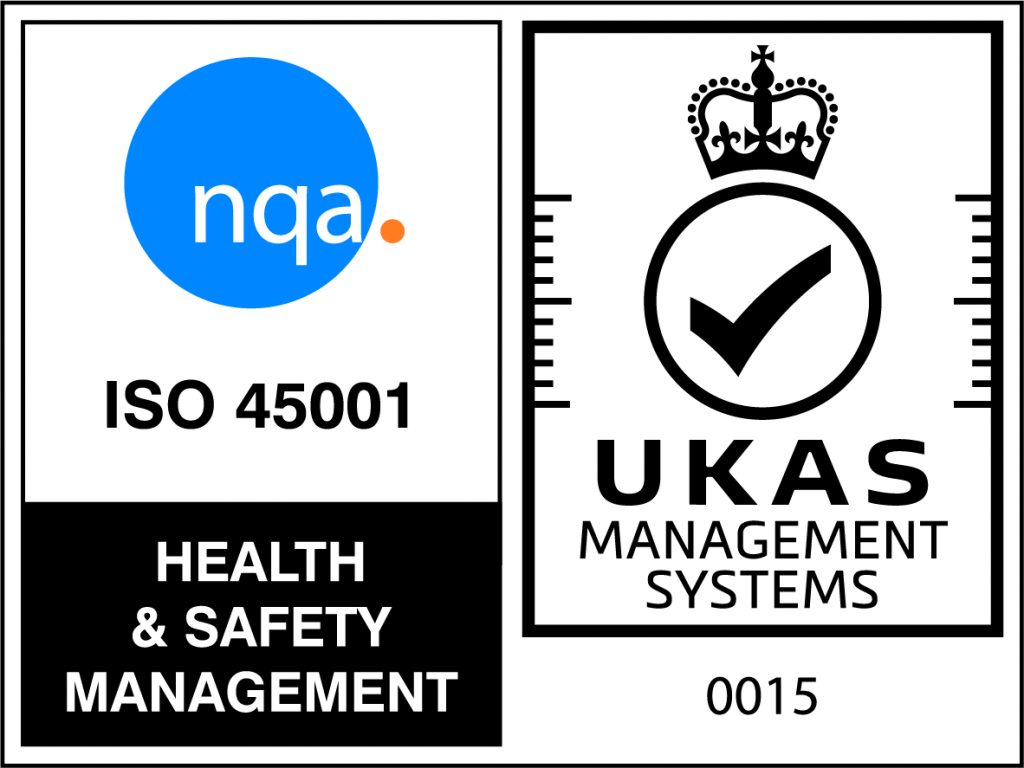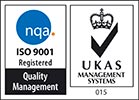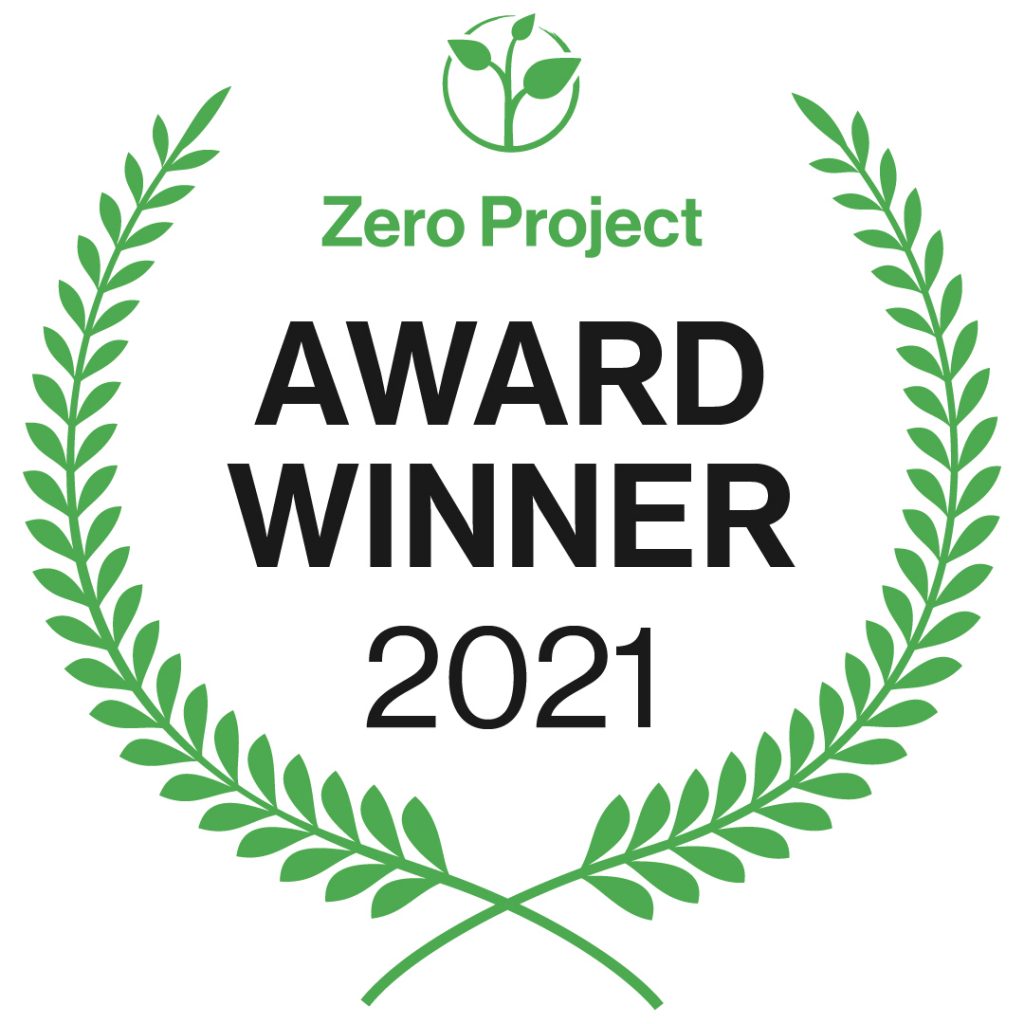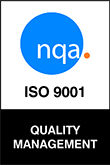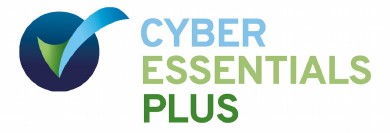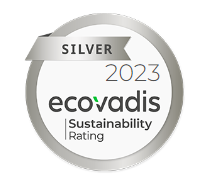Forcing a rethink in the design and delivery of workplace health and wellbeing strategy
This paper has not been set to provide a great solution. Rather, it considers some ideas of how to rethink the ‘beautiful mess’ we continue to create: the morass of disconnected and siloed workplace health and wellbeing services which are failing to efficiently serve organisations and employees alike.
It is a provocation that challenges the status quo and asks how we best reframe the picture of workplace health and wellbeing as it currently appears. It is about understanding the present and thinking in the future.
In The Conversation, discussing recent discoveries in evolutionary science, Jenna Hubert, wrote the following:
After the past few years, we’ve all gained a whole new appreciation of the dependable things in life. Before a global pandemic, the cost of living crisis and one political meltdown after another, you may have thought of stability as rather dull. Prepare for another shake up.[1]
It is my conjecture that as our world has changed and continues to change, we are also experiencing a seismic shift in the diverse and organic landscape of what I call ‘Human and Organisational Risk’. It is a shift which demands a rethink and one which we aren’t addressing as well as we might.
I deliberately refer to ‘Human and Organisational Risk’ in order to create a new frame of reference. It is my belief that before we start conjuring up workplace health and wellbeing strategies, we must first develop a clearer understanding of the relationships and factors that impact on an individual employee, groups within an employee population, and an organisation’s ability to perform, together, at their best. In short, we need to expand our thinking about the link between employee health and the success of the organisation.[2]
The Beautiful Mess
The ‘beautiful mess’ was on its way to being created prior to the pandemic with many health and wellbeing service providers offering partnership services in support of their core business (particularly evident with occupational health firms offering employee assistance programmes).
The development to where it is now has been rapidly accelerated by responses to Covid-19. A plethora of supposed value-added propositions have been introduced by the insurance market (insurance companies and distributors –Liability, Health, Protection and Medical), by the Employee Benefits market, by the Occupational Health and Employee Assistance Programme (EAP) market and by Employers (with the development of mental health first aiders and outsourced sickness absence platforms).
All of these have contributed to the duplication, fragmentation, under-utilisation, poor/inadequate referral processes of fundamentally unaligned services which often fail to demonstrate sustainable return to/remain in work outcomes. Such challenges are epitomised by employer responses when asked about Occupational Health and EAPs.
A new edition of Occupational Health: the value proposition[3], with a UK report authored by Dr Paul Nicholson, establishes that occupational health services enhance employee health, workforce productivity, business performance and the economy. However, there is still a requirement for occupational health providers to keep in mind that which employers reported on, in 2019, about their relationship.
Employers when asked what could be improved about the relationship with occupational health providers highlighted three consistent tensions:
- Slow turnaround or delayed responses.
- Vague or unactionable recommendations, and
- Poor communication and information sharing[4]
During the pandemic EAPs experienced significant growth but has their effectiveness grown proportionately? There is a need for EAPs to focus more on education, provide indisputable evidence that will take them away from being described as a tick box exercise (right idea wrong solution) and that proves their effectiveness in bringing about sustainable return to/maintain in work.
Questions are being asked by employers as to whether EAPs are delivering for their workforces. This is demonstrated in a recent REBA – inside track article that stated “…During the pandemic, EAPs enjoyed a renaissance. But now the dust has settled, an increasing number of employers have told REBA that they are reviewing their EAP to ensure it is delivering what they need.”
A provocative question comes to mind here when evaluating duplication within the ‘beautiful mess’ and that is why would an organisation buy an EAP when it is “free of charge when you purchase a Group Income Protection Insurance or Group Life Insurance policy.”
Start of the rethink – What are workplace health and wellbeing services trying to achieve?
Even despite the significant inefficiencies in the ‘beautiful mess’, workplace health and wellbeing trends are being talked about as being at the heart of business transformation. The World Health Organisation (WHO) recognises the workplace as one of the primary settings for health promotion in the 21st Century.
Expectations, both from an employee and employer perspective, have evolved and in many cases changed over the last couple of years. Employers’ perceptions of workplace health and wellbeing benefits have shifted, with an increased focus on their strategic value and what they deliver for organisations.[5]
Hence why it is incumbent upon service delivery businesses in the workplace health and wellbeing sector to seize this opportunity to recalibrate and reframe their value propositions and find new ways to redress inefficiencies.
However, to understand how best to get there, it is necessary to have a clear notion of our purpose and desired destination. We must ask ourselves: What do we want reimagined health and wellbeing services to achieve?
I would suggest that the answer to this question is sustainable employment or “…the ability of the employee to provide added value for an organisation now and in the future, while also experiencing added value themselves.”[6]
Demands and pressures placed on employees and employers are increasing and emanate from a wider range of sources (macro and micro, from inside and outside organisations). Therefore, it is becoming ever more important that we look to developing a better understanding of the risks facing us. Focus on forming win-win strategies that achieve success for employers and employees and strategies that are three pronged – primary, secondary and tertiary.[7] Given that the issues are often inter-connected, the solutions should be inter-connected too.
We know that the demands and pressures, when not addressed, when mis-understood or mismanaged, lead to both poor organisational and employee performance. There is a clear need for both “individual” and “collective” productivity, and a much more nuanced and multi-dimensional understanding of “workplace health and well-being”.
To start the conversation, here are three ideas which I believe can help us begin the redesign of a strategic framework.
- The Case for a better understanding of the use and value of Vocational rehabilitation
Vocational rehabilitation “is whatever helps someone with a health problem to stay at, return to and remain in work. It is an idea and an approach as much as an intervention or a service.”[8]
The argument is that we need to look toward the management of illness and injury through a vocational rehabilitation lens; early intervention only works when it is immediately supported by focused/appropriate therapeutic assessment and interventions that set a return-to-work prognosis and appropriate, specific and consensual return to work pathways.
Currently, too little is really understood about just how effective a vocational rehabilitation approach is, especially when integrated within a return to/remain in work philosophy that accelerates the introduction of therapeutic interventions, assessment and implementation of workplace adjustments and the use of assistive technology.
With all these factors combining, the approach will also enhance an organisations Equality, Diversity and Inclusion, and Corporate and Social Responsibility programmes.
- Moving beyond Return on Investment (ROI) – the value of caring
If employers are seeking to add benefits that workers value (or attract workers who value those benefits), the programmes may be worth it. But if the goal is to save money by reducing healthcare costs and absenteeism, or to improve chronic physical health conditions, the evidence so far is underwhelming.
As the Washington Post article this excerpt comes from shows, there are serious questions being asked, globally, about the true value of workplace health promotions. Indeed, studies demonstrate negative ROIs in a number of cases.[10]
I would argue that financial ROI is too narrow to be the sole measure of the value of workplace health and wellbeing provisions. A better measure of the value of health promotion expenditure would be cost-effectiveness. We must also index new values. For example, the value of caring (VOC). By reframing value, we can employ not only a vocational rehabilitation lens but also a biopsychosocial approach, for which there is clear evidence.
For sickness absence management (illness and injury management) approaches to be fit for purpose, improvements need to come through:
- Systematically capturing psychosocial information on individuals, with proactive management of biopsychosocial risks.
- Ensuring that cultures, systems and processes do not create unnecessary barriers to recovery.
- Operations that are based on values and principles of fairness, including collaboration, timeliness, trust and reciprocity, personalised and respectful communication, and empowerment of stakeholders.
It pays to care.
- The value of an integrated workplace health and wellbeing service
The trend of organisations reviewing their workplace health and wellbeing strategies has been evident in recent times. At Microlink we have been driving the conversation as to how an integrated workplace health and wellbeing proposition might be structured. Comprised of sickness absence (illness and injury management), occupational health, employee assistance programmes, specialist therapeutic services (e.g. Physiotherapy, Occupational Therapy, Occupational Psychology and Speech and Language Therapy) and workplace adjustments, we are creating a far-reaching solution that would simplify access, experience and improve outcomes.
It does beg the question that why with all the available technology there appears to be reticence about building a cross market sector, multidisciplinary, service platform. Is that because we prefer silos? Is it because it is too hard, too complex? Is it because service providers cannot afford the cost of developing such a platform and any solution has therefore got to come out of the digital health tech sector?
Whatever the answers to these questions, we at Microlink are sure that such a model is the future and will be at the heart of driving the most successful workplace health and wellbeing strategies.
[1]Jenna Hutber Commissioning Editor, Science + Technology – The Conversation
[2] Shared value – shared results Positive Organisational Health as a win-win philosophy – Dee W. Edington PhD and Jennifer Pitts PhD.
[3] New report highlights value of occupational health – British Occupational Hygiene Society (BOHS)
[4] Employers’ motivations and practices: A study of the use of occupational health services – DWP research report no.979 – A report of research carried out by Ipsos MORI on behalf of the Work and Health Unit.
[5] REBA (Reward and Employee Benefits Association) June 2022
[6] A definition frequently used is that of the NEN (Dutch Standardisation Institute)
[7] Primary is concerned with stressor reduction, secondary with stress management and tertiary with remedial support.
[8] Vocational Rehabilitation – what works for whom and when? – Waddell, Burton and Kendall
[9] 29 Baicker K, Song Z. Workplace wellness programs are big business. They might not work. The Washington Post, 17 June 2021.
[10] 25 Lutz N, Jan Taeymans et al. Cost-effectiveness and cost benefit of worksite health promotion programs in Europe: a systematic review. European Journal of Public Health 2019: 29(3): 540–546. ohaw.co/Lutz2019

 Back to News
Back to News








